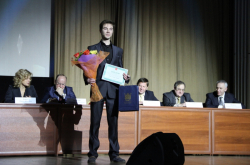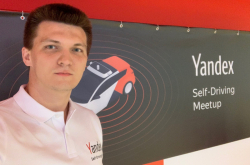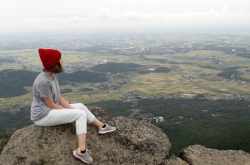For 17 years now, he has been studying terahertz radiation – first at St. Petersburg State University and ITMO, and then in Greece, Scotland, and England.
ITMO.NEWS met with Andrei Gorodetsky to learn more about the differences between Russian and European science and find out his secret to working on different projects in several countries.
Please tell us about your research interests. What are you engaged in?
Terahertz radiation has been my main interest since I started to work in science. At first, I was engaged in obtaining terahertz holographic images, then I gradually switched to studying new sources of terahertz radiation and ways to control it, notably with the use of optical nanoantennas. At some point, I even worked at the particle accelerator.
Could you tell us more about this phenomenon?
Terahertz radiation falls in between microwave and infrared radiation. It is a relatively young field of science and until the 1990s, there were no efficient controlled sources or receivers of this radiation. Plus, natural materials aren’t able to produce it exclusively. Thus, the field still has room for improvement and new findings. Moreover, our knowledge about microwave and optical waves is not always enough, so we have to come up with unconventional solutions.
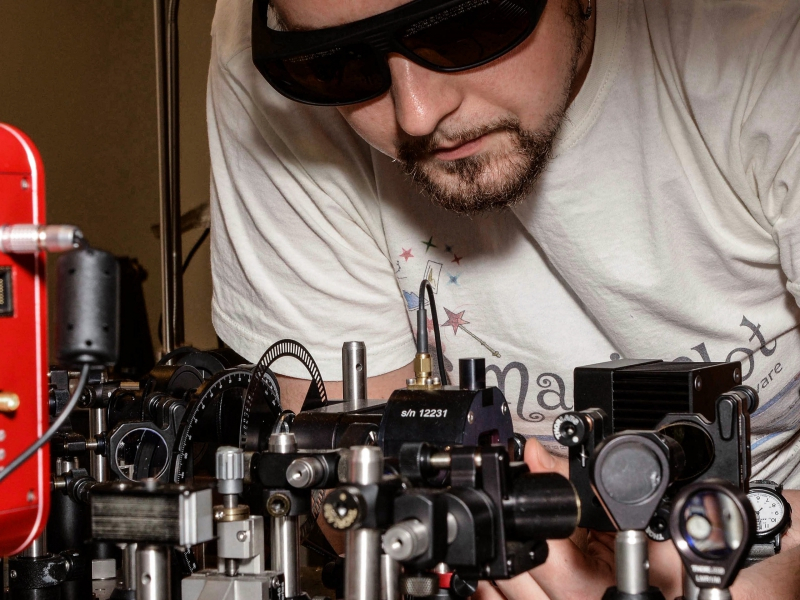
What changed in the 1990s?
First and foremost, ultrafast lasers appeared. Their pulse duration allowed us to obtain terahertz radiation via optical rectification. Simply put, optical impulse contains lots of field oscillations. If the impulse is placed in a medium with nonlinear refractive index, such as a crystal, plasma, or a semiconductor, it will create an envelope that will follow the impulse's contour. Upon leaving the medium, it will create a new impulse with just one oscillation of electromagnetic field. In the time domain, this impulse looks like a heartbeat on a cardiogram, while its range falls between microwave and infrared radiation – that is, in the terahertz range.
Later on, quantum cascade lasers appeared. Inside them, semiconductors are grown in layers, so that the transitions between them would generate radiation directly. These lasers were prototyped back in the 70s but brought to life only in the 90s, along with semiconductor technologies. Now they are probably the only sources that generate terahertz radiation directly, rather than convert already existing optical or microwave radiation.
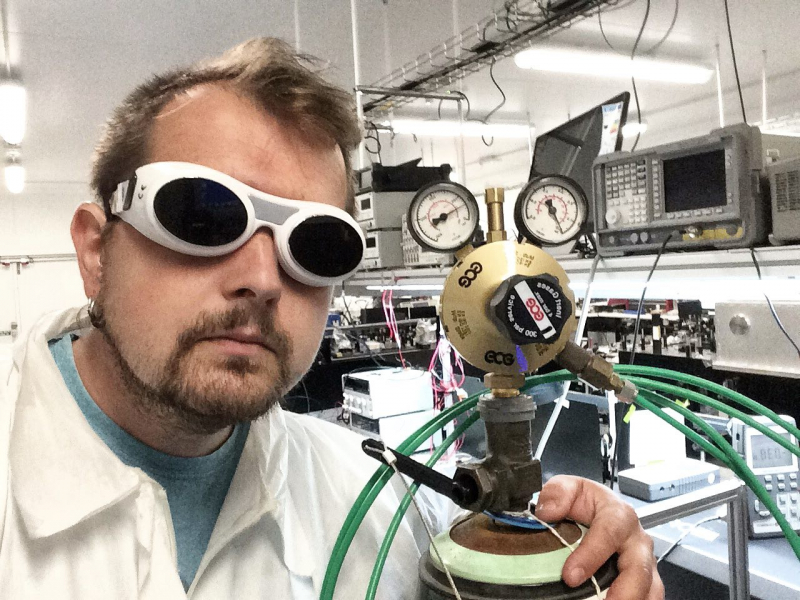
How can it be applied?
As it is a relatively new technology, terahertz radiation is still not widely used outside of scientific laboratories. It is more about fundamental science. Ways to apply it in real life can be found, too, but not right now.
This phenomenon is an essential part of measuring ultrafast currents. It allows scientists to determine the kinetics of charges in materials for ultrafast semiconductors and solar cells.
Another laboratory use is particle accelerators. Now, electrons are accelerated in vacuum tubes with powerful electromagnets. The resulting electron beam is around 150 microns, which is the size of a terahertz impulse. Since the terahertz impulse is exactly one field oscillation, all entering electrons will be simultaneously accelerated in one direction. There are also ways to generate terahertz impulses that will have an intensive electric field that is much stronger than the one generated by huge electromagnets. So, the acceleration will be much higher and the device will be much more compact than the classical linear accelerator.
As for practical implementation, there are prototypes of a mail scanner that can identify suspicious substances or objects in parcels. The thing is, many substances such as wood, paper, or ceramics, are transparent to terahertz radiation. But large organic molecules often contain the so-called “prints” in the terahertz range, so their properties can be determined from the spectrum in the image. Currently, terahertz radiation is used to study objects of art, in addition to X-rays. It can provide additional information about the composition of paints, layer thicknesses, the presence of hidden paint layers and drafts on canvases.
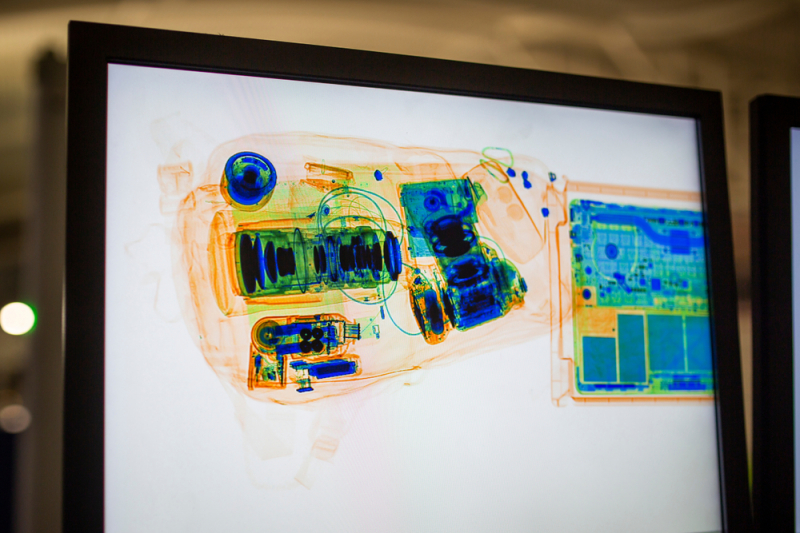
My thesis required the construction of three-dimensional images and terahertz radiation helped me to get images of a much higher resolution than with MRI and, most importantly, in real time. I think it is a promising field in biomedicine. Some projects are intended to use this technology in laparoscopy – an operation performed through small incisions. According to preliminary studies, terahertz radiation can also help to detect cancer cells. Researchers at ITMO’s Faculty of Photonics and Optical Information and Femtomedicine Lab headed by Olga Smolianskaia are actively investigating this topic.
Why did you choose this field?
It was a coincidence. I was about to receive my Bachelor’s degree at the Faculty of Physics of St. Petersburg State University when my supervisor unexpectedly passed away. I felt lost, as other research advisors couldn’t help me with my thesis. Around this time, I met Prof. Victor Bespalov, who invited me to the Vavilov State Optical Institute, and under his supervision, I began to work with terahertz radiation and pulsed holography. And when their institute moved to ITMO, I did too and pursued my PhD there.
How did you like it at the university?
It was extremely stimulating and exciting to study for a PhD. Since the faculty had just opened, I was among its first-ever students. Many professors were willing to communicate with their students and lab researchers always gave us advice when necessary. Then, I learned how to conduct experiments and work with lasers, as I could spend more time at labs. I actively participated in various conferences and I could fully devote myself to science because I received a salary from grant funds.
After defending my PhD thesis, I was offered to stay and work at ITMO as a supervisor of a very small and young (in terms of the age of the staff) laboratory. But the problem is, without grants, a young researcher can hardly afford to rent a one-room apartment.
At some point, I realized that I spent a lot of time and energy on something other than science. Although we obtained great results in investigating the generation of terahertz radiation in plasma, for some reason we didn’t consider publishing to be necessary. Plus, we didn’t receive any grants, so after two years of work, I felt completely exhausted.
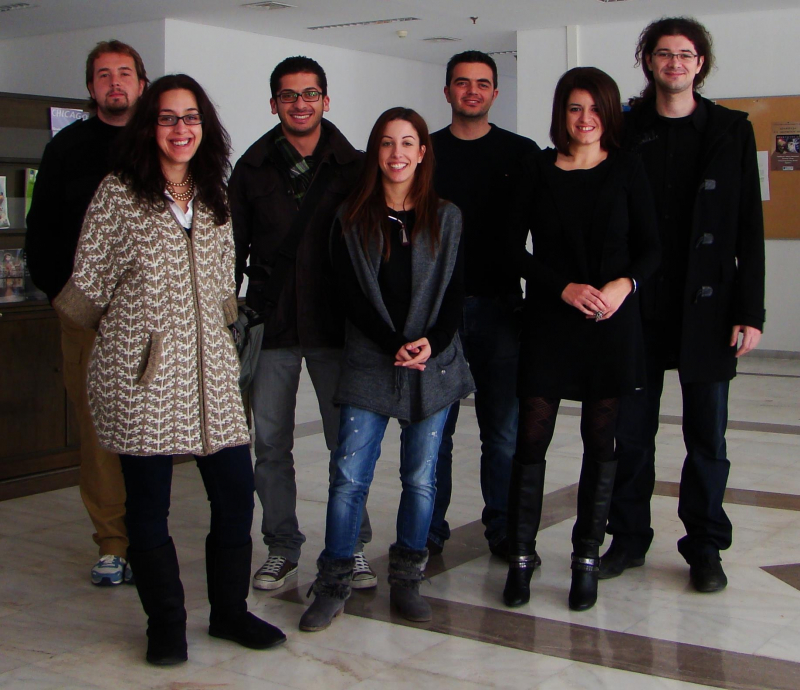
And you decided to leave, right?
Yes, I sent my CV to all research teams that dealt with my topic, had many publications, and participated in conferences. At that time, I didn't care where to live, the main thing was that I wanted to do only science and nothing else. Two teams contacted me, and I chose a more advanced one at the Institute of Electronic Structure and Laser in Greece.
Yet, it wasn’t the best time – the country was in crisis and most people who worked there had to leave, only PhD students and young researchers stayed. Although the head was really great, I felt isolated but at least I could do science there.
However, after a couple of years, I couldn’t do that anymore. The institute was located in Heraklion on the island of Crete. And as I grew up in a big city, it was difficult for me to live in a village with little to no events, cultural and social life. And when I received a job offer in the UK, I had no second thoughts.
How did it happen?
My friend from St. Petersburg told me about an opening at Edik Rafailov's team. I attended an interview – just like for any other job – and got the place. I had been working with this team for over three years first at the University of Dundee and then at Aston University in Birmingham. Then, my contract ended and I had to find a new job, otherwise, I would lose my visa.
That’s when I came across a fairly successful project dedicated to semiconductor terahertz radiation sources. We have had quite interesting results and many publications, but we did not receive grants for further research. That was the main reason for my transitions from one university to another.
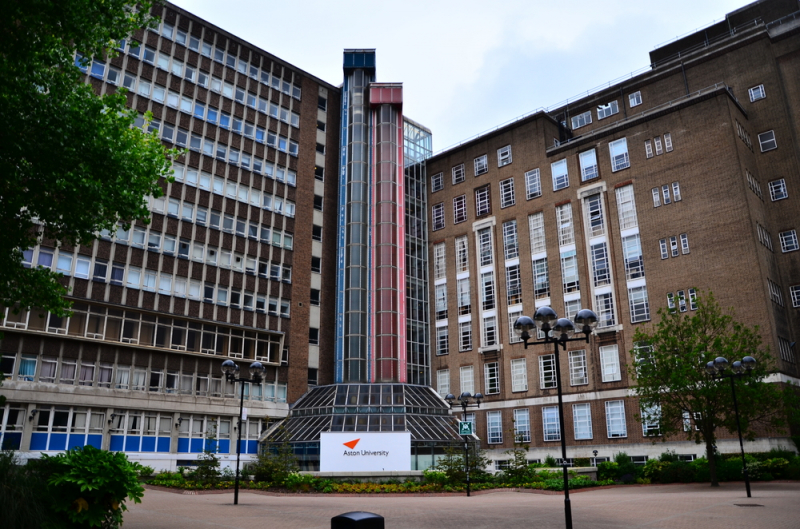
This is a common practice in European countries: while you don’t have a permanent position, the university concludes a fixed-time contract with you. And then, it all depends on whether the head is given a new grant or whether they can renew the contracts of their employees. So far, I have not been able to get a permanent job.
Why? Is it that difficult?
Well, it’s not strictly regulated but usually, you need to have publications, an excellent CV and actively participate in conferences so that you have a good reputation among international colleagues. When applying for a permanent job, you need to write an application for a grant and explain what exactly you will be doing, outline your action plan for the next few years, and list your partners and scientific contacts – as if you were presenting your startup.
Is there a difference between Russian and European universities?
I think there is practically no difference now. During my student days, Russian and European universities were nothing alike. Most of my professors were about 70, and their approach was different: we were told that we would be able to study science only in ten years if we were very lucky. Science was presented as something unattainable, so cool and privileged that you should be honored to work for free and simply enjoy it. Now, first-year students work in laboratories and are actively involved in scientific research.
But students here still have a slightly different attitude, because Russian students still enter the universities because they were told so or in order to escape the army. Here, studies often cost a lot of money, and people think of it as a service. But I don’t think that affects the interest of students. These are just two different approaches: Russian students are motivated by the fear of getting expelled, and European – by studying costs.
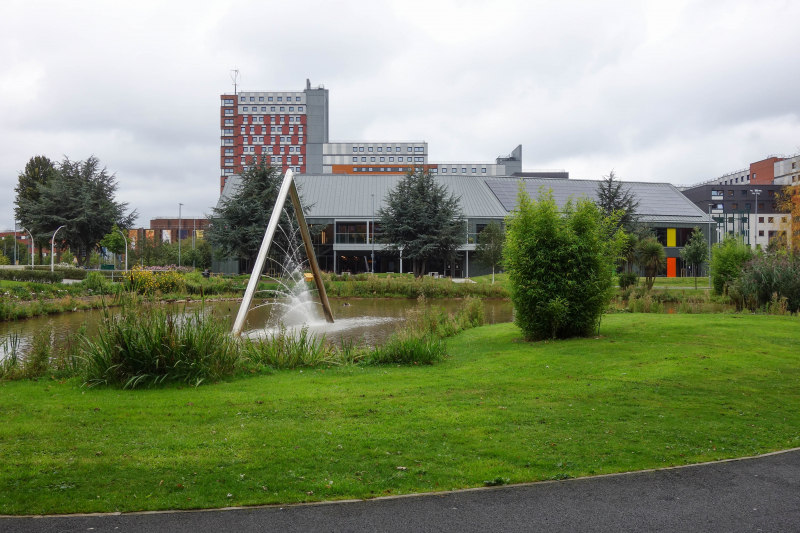
Scientific activity is also quite alike. Here, science is also funded, mainly by the state, and heavily dependent on grants. Now everyone is afraid that the government will suspend funding for science – after all, a lot of funds have been spent on the fight against the pandemic. Brexit also adds up to the list as many grants used to come from the European Union.
Don’t you think about moving back to Russia?
If I go back to Russia, I will consider it my personal defeat. On the other hand, I see how it could be beneficial for my academic career, especially if I get a job, for instance, as the head of my own group. However, I aim to follow through on my plans. If I moved to the UK, I have to find a job here.
I don't think it will be worse in Russia. But I started to get my life together here and not only workwise. Russia and ITMO University still matter to me. For the last four years, I have been remotely supervising a small group at ITMO and together we wrote quite a few articles on photoconductive antennas as part of a grant from the RFBR (Russian Foundation for Basic Research – Ed.). Now the students have also left to work abroad, but I plan to carry on with this project.
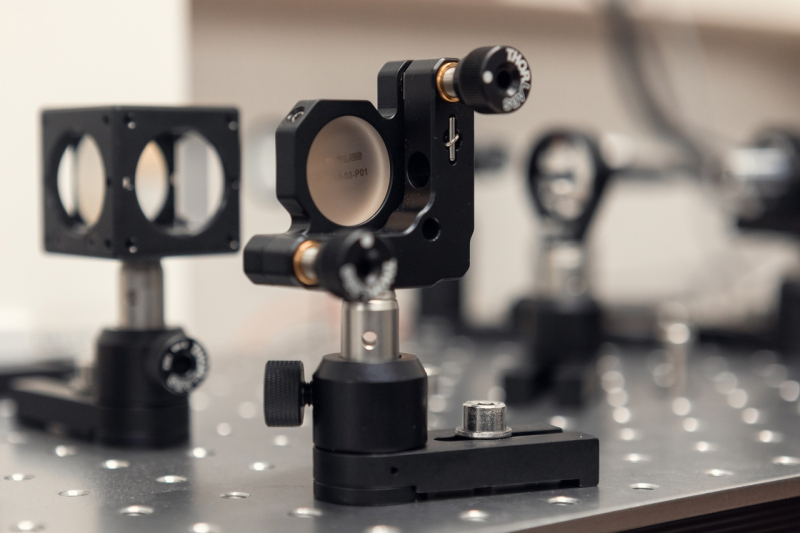
How do you juggle several projects in different countries?
All these projects have similar topics and they all are tied to one another. For instance, I can use the same lab equipment for different experiments. My current RFBR project on the study of hybrid metamaterials for ultrafast modulation of terahertz radiation is connected with the topic of my research team (it’s called Metamaterials team). When you have a lot of interests, it’s okay to work on different projects at the same time. I think that you can never work enough in science: there is always something more you can do.



